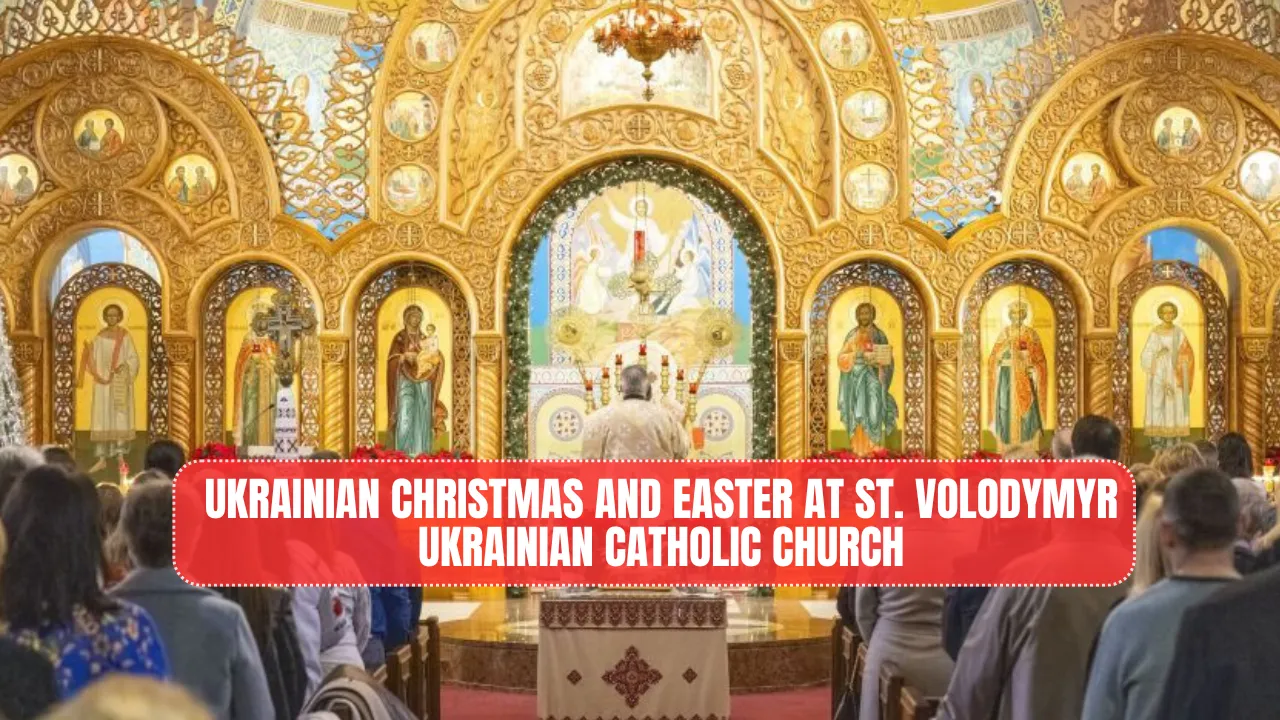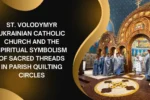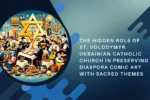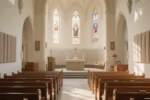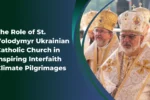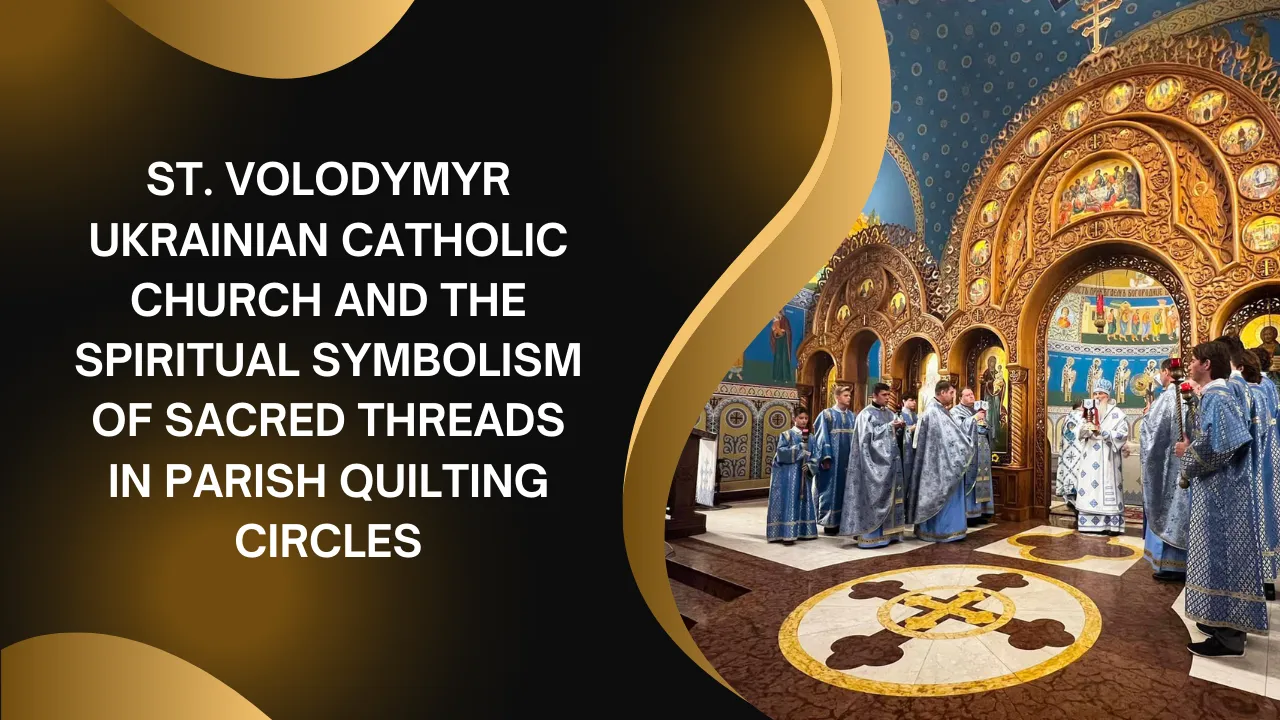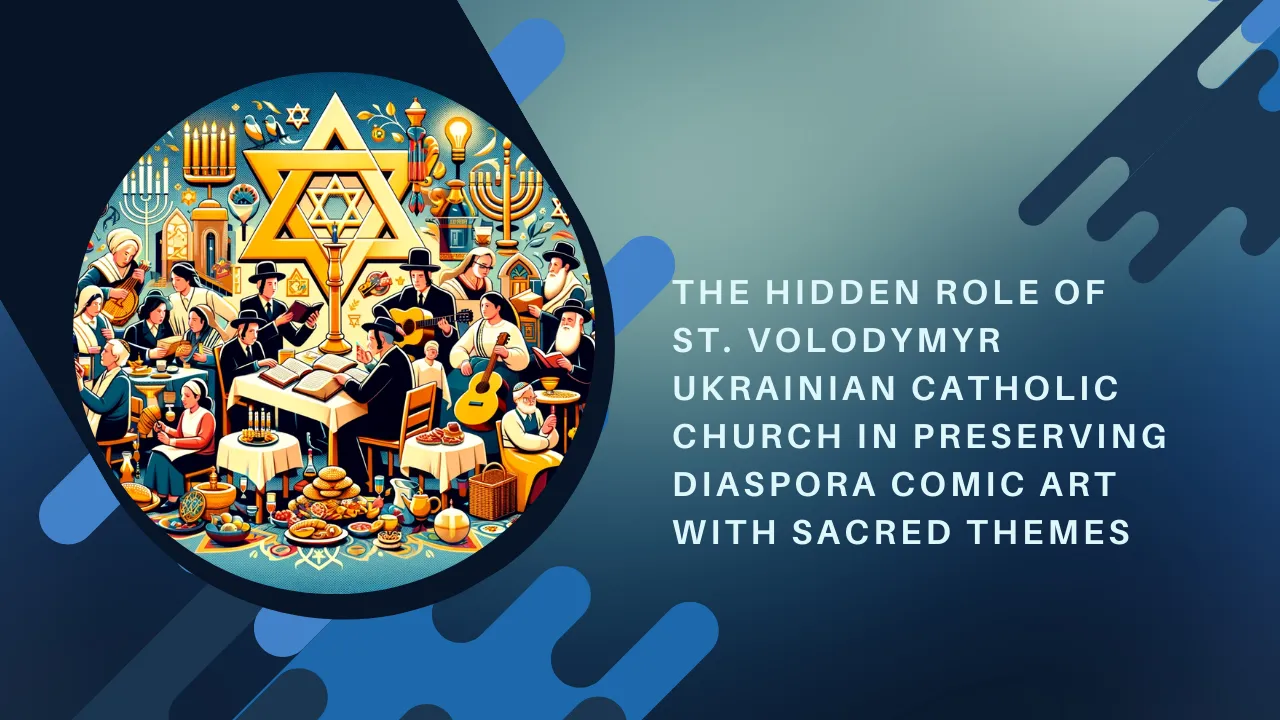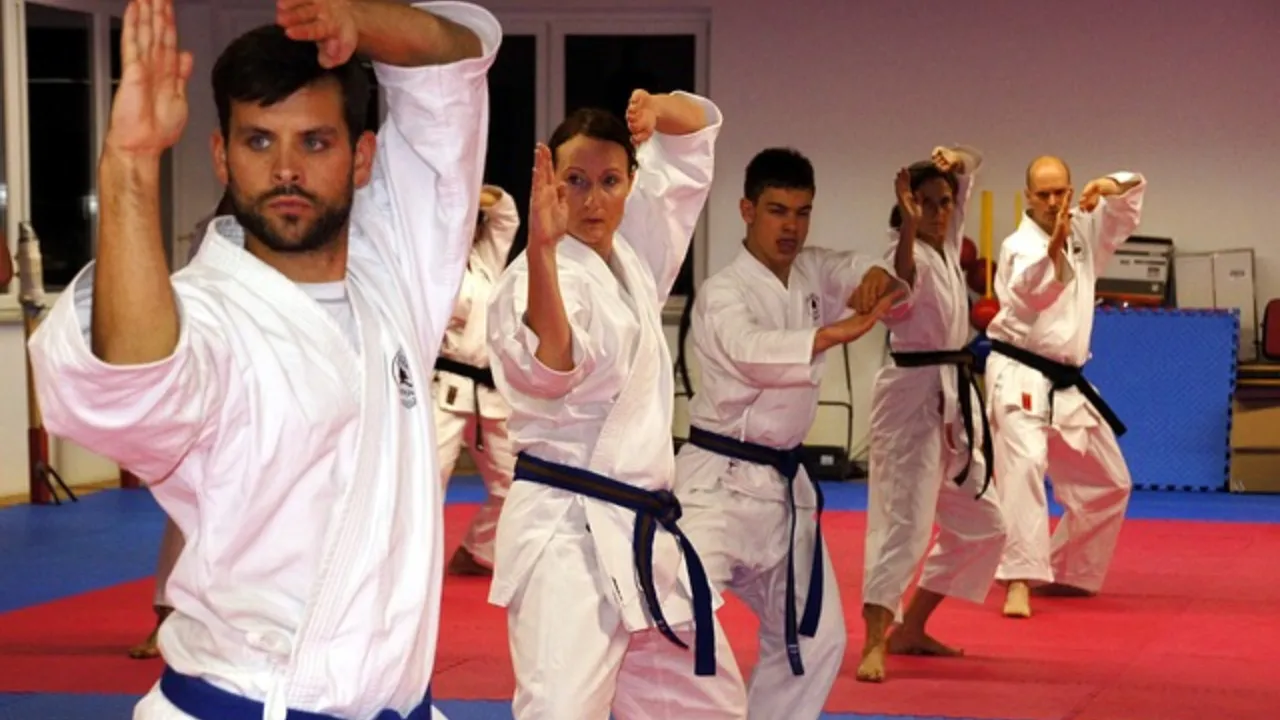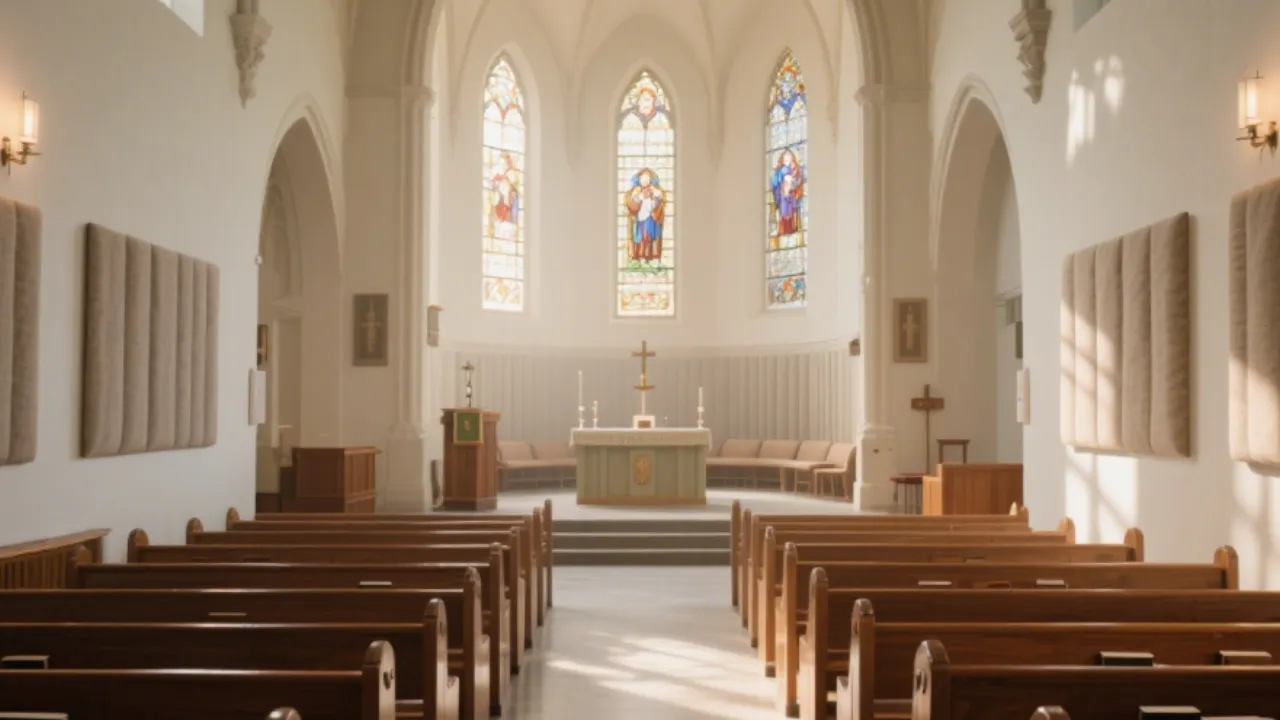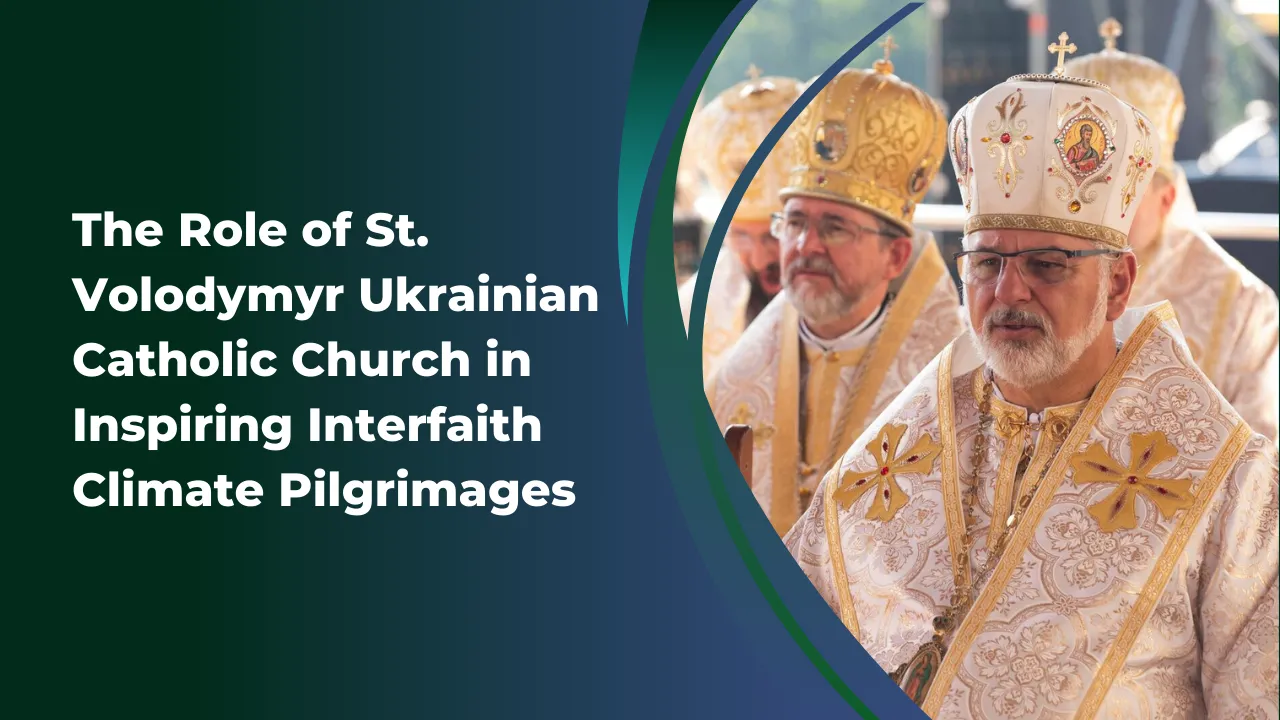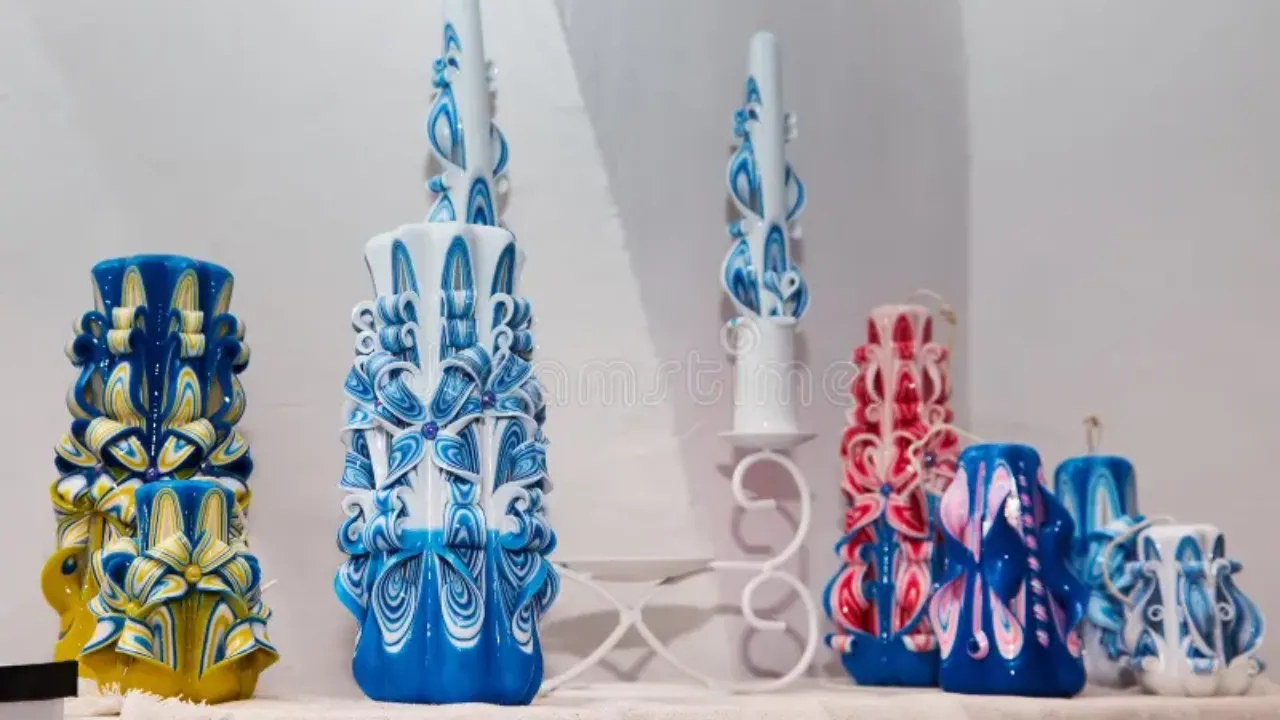Ukrainian Christmas and Easter at St. Volodymyr Ukrainian Catholic Church are more than religious observances; they are heartfelt expressions of tradition, faith, and cultural pride. These sacred holidays carry a deep meaning within the Ukrainian Catholic community, woven with rituals that have been preserved across generations. St. Volodymyr becomes a vibrant center of celebration during these times, filled with the aroma of traditional foods, the sounds of ancient hymns, and the warmth of shared beliefs.
In this article, we’ll explore how these holidays are uniquely celebrated at the church, diving into spiritual customs, traditional meals, symbolic decorations, and community bonding. You’ll gain insight into how St. Volodymyr honors its Ukrainian roots while fostering a welcoming and inclusive environment.
Ukrainian Christmas and Easter at St. Volodymyr Ukrainian Catholic Church
The focus on Ukrainian Christmas and Easter at St. Volodymyr Ukrainian Catholic Church shows how deeply tradition, culture, and spiritual devotion are connected within the parish. While most people mark these holidays in familiar ways, St. Volodymyr’s congregation embraces ancient Ukrainian practices that add depth and meaning to their celebrations. By following the Julian calendar, organizing unique liturgical services, and hosting rich cultural events, the church turns these observances into deeply communal experiences. From solemn Holy Week rituals to joyful carol-singing and basket blessings, every moment reflects a proud and living heritage. These customs not only unite the community but also pass on faith and identity to the next generation.
| Holiday | Key Traditions | Special Foods | Unique Church Events |
| Christmas (Jan 7) | Sviat Vechir, Nativity Liturgy, Koliadky caroling | Kutia, borscht, cabbage rolls | Nativity play, candlelit liturgy |
| Easter (Varies) | Holy Week prayers, Paska blessing, Resurrection Matins | Paska bread, pysanky eggs, sausage | Egg decorating, early morning procession |
Ukrainian Christmas at St. Volodymyr
The celebration of Ukrainian Christmas begins on January 6 with Sviat Vechir, or Christmas Eve. Families come together in reverence and simplicity, sharing a twelve-dish meal that excludes meat, dairy, and alcohol. Each dish has symbolic meaning tied to Christian beliefs, and the table is often decorated with hay and a white cloth, reflecting humility and purity. Parishioners attend an evening liturgy at St. Volodymyr where candlelight fills the sanctuary, creating a peaceful, reflective atmosphere.
Church choirs sing ancient koliadky, traditional Ukrainian carols that tell the story of Christ’s birth in poetic form. A star symbolizing the Star of Bethlehem leads youth groups through the aisles as they re-enact parts of the Nativity. The phrase “Khrystos Rozhdayetsya!” echoes joyfully as parishioners greet one another with smiles and handshakes, keeping both faith and friendship alive.
Ukrainian Easter Traditions
Unlike the festive tone of Christmas, Ukrainian Easter is marked by intense spiritual preparation. Holy Week begins with Palm Sunday, known as Willow Sunday in Ukrainian tradition, where willow branches replace palm fronds. Parishioners attend Good Friday services, marked by deep reflection, readings from the Passion Gospels, and the solemn procession with the Holy Shroud.
On Holy Saturday, families bring beautifully prepared Easter baskets to the church. These are not simply decorative—they carry foods that represent Christ’s resurrection and blessings. Each basket is lined with embroidered cloth and packed with paska, pysanky (hand-painted eggs), sausage, butter, and more. The blessing ritual is a powerful moment where tradition meets prayer, and generations stand side by side in quiet reverence.
The Easter celebration reaches its peak at dawn on Sunday with Resurrection Matins. A processional liturgy surrounds the church, as parishioners hold candles and sing “Khrystos Voskres!” to announce the resurrection. Inside, the church glows with joy and warmth as the congregation gathers for Divine Liturgy, filled with hymns, bells, and the spirit of renewal.
Unique Elements That Make These Holidays Special
- Traditional Foods and Blessings:
- Christmas dishes include kutia (wheat with honey and poppy seeds), holubtsi (cabbage rolls), and borscht.
- Easter baskets feature paska (decorated sweet bread), ham, cheese, and painted eggs, all symbolic of Christ’s triumph over death.
- Christmas dishes include kutia (wheat with honey and poppy seeds), holubtsi (cabbage rolls), and borscht.
- Cultural Programs and Community Spirit:
- Children participate in Nativity plays and Christmas pageants, often wearing traditional embroidered outfits.
- Easter celebrations include egg-decorating sessions, family meals, and playful games such as egg tapping.
- Children participate in Nativity plays and Christmas pageants, often wearing traditional embroidered outfits.
These unique features distinguish St. Volodymyr’s celebrations from standard holiday practices and create a strong sense of identity and shared purpose within the parish.
Liturgical Celebrations
Liturgies at St. Volodymyr are not merely religious services; they are spiritual journeys. The Christmas Liturgy begins with the joyful chant of “God is with us,” followed by gospel readings, incense rituals, and the blessing of Nativity icons. The presence of icons, rich vestments, and hymns in Ukrainian reflect a spiritual legacy that connects the community to the early Christian church.
At Easter, the liturgical rhythm intensifies. The Paschal Matins begins in darkness, representing the tomb, and ends in blazing light, symbolizing the resurrection. Congregants light each other’s candles, a sign of spreading faith and hope. The sermon often centers on rebirth, both spiritual and communal, urging parishioners to carry this joy into their everyday lives.
Church Decor and Symbolism
Decorations at St. Volodymyr hold deep meaning. For Christmas, straw under the altar reminds everyone of the humble birthplace of Christ, while the Nativity scene is placed with great care near the iconostasis. Pine branches, white linens, and candles evoke purity and peace.
At Easter, the transformation is stunning. The church is covered in white and gold, lilies line the altar, and banners proclaim “Christ is Risen.” The Paschal candle, lit for the first time at the Resurrection service, burns brightly throughout the season as a symbol of eternal life and divine light.
Importance of Community and Family
Perhaps the most heartwarming aspect of these celebrations is the role of family and community. St. Volodymyr is more than a parish—it’s a second home for many. Children grow up learning carols and traditions, while elders share stories and recipes. Newcomers are always welcomed, often invited to join in singing, eating, and praying together.
The church fosters an environment where faith is lived actively, and every celebration is an opportunity to grow closer—not just to God, but to each other. These holidays become shared memories, building a strong foundation for future generations to continue the faith.
FAQs
1. Why do Ukrainian Catholics celebrate Christmas in January?
Because the Ukrainian Catholic Church follows the Julian calendar for major religious feasts, Christmas is observed on January 7 instead of December 25.
2. What foods go in a traditional Easter basket at St. Volodymyr?
Typical Easter baskets include paska bread, pysanky eggs, sausage, cheese, butter, horseradish, and salt, each with religious meaning and symbolic value.
3. Can non-Ukrainians attend services during these holidays?
Absolutely. St. Volodymyr welcomes everyone, and many services are bilingual, making it easy for people of different backgrounds to participate.
4. Are there special events for children?
Yes. Children take part in carol singing, Christmas plays, egg-decorating, and family workshops designed to teach cultural values and stories.
5. Is the church decorated differently for Christmas and Easter?
Yes. Christmas features natural elements like straw and evergreens, while Easter is filled with white fabrics, lilies, and symbols of resurrection.
Final Thought
Celebrating Ukrainian Christmas and Easter at St. Volodymyr Ukrainian Catholic Church is a deeply moving experience filled with beauty, faith, and connection. These traditions do more than mark religious events—they weave together a community that values heritage, honors the sacred, and welcomes all. Whether you’re drawn by the ancient liturgy, the joyful singing, or the sense of belonging, you’ll find a meaningful space at St. Volodymyr.
If this inspired you, we invite you to share your own traditions, visit during the next holiday, or explore more about Ukrainian heritage and spirituality through our community offerings.
